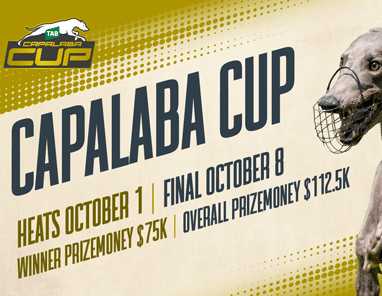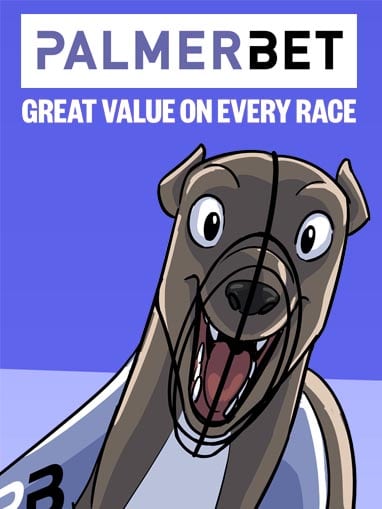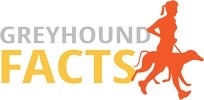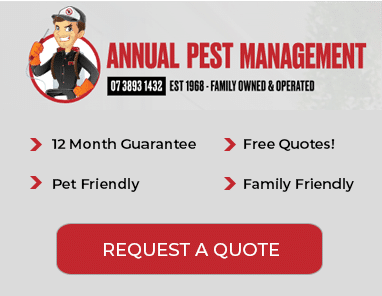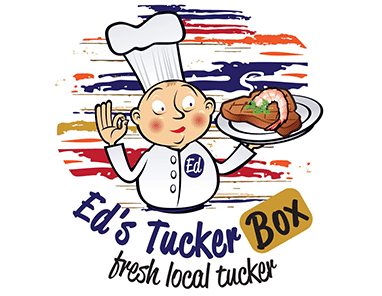
By MIKE HILL
“IT’S raining and I’ve just come inside to have a cup a coffee,” said Casey Dargusch.
It’s one of the few breaks she takes during her long days operating the Golden View greyhound complex at Churchable, west of Brisbane, with her husband Alan.
They break-in, rear and whelp – and Casey, the young mother of two, also has her own team of dogs that she trains.
“They can be long days,” she said.
“We’re usually up before 6am and hopefully finished by 6.30pm.
“I’m flat out with the dogs, then there’s school and soccer.”
The Dargusches have two sons – Bailey, 13, and 10-year-old Riley – and the boys love their football.
But it is the greyhound operation that keeps Casey and Alan on the go.
“We have between 70 and 100 greyhounds on the 40-acre property – all at different stages of development,” said Casey, 36.
“We have two kennel blocks – one for break-ins and one for racing dogs – eight broody runs, five whelping huts and six puppy yards.
“Alan is the backbone of the operation. He does all the break-ins and he helps me with training.
“We’re a very good team. We work well together … it’s a good working partnership.”
Golden View offers everything from whelping, rearing, spelling and pre-training to break-ins and public trials on a 300-metre circle track.
“It’s a one-of a kind in Queensland,” the couple say on their website.
Casey said her dad Noel Clark had purchased the Churchable property in 2003.
“Dad got into greyhounds in 2001 through some of his mates,” she said.
“We were living in Bundaberg at the time and one of his mates convinced him to get a dog.
“One led to two, to three and more.”
Casey and Alan also caught the bug.
“We started training one or two dogs from our house block at Bundaberg and over the years we’ve had some wonderful assistance.
“Gary Hick helped us enormously early on with all aspects of training.
“He took me under his wing and showed me a lot. I think he gave me more information than he gave others. I feel very lucky.”
And the mentoring didn’t stop there.
When Casey and Alan moved to Golden View in 2006 they became close friends with neighbours David and Christine Robartson.
“They bred, owned and trained High Earner,” Casey said. “David’s been a great mentor and even though he’s now living in Western Australia he’s only a phone call away if I need advice or have a problem.”
High Earner was exactly that for the Robartsons.
The brilliant sprinter was a 17-time Group finalist, winning six times including the Perth Cup (twice 2010-11) and the Temlee at The Meadows in 2011.
At the time of his retirement in late April of 2011 High Earner was the country’s highest stake winner with prizemoney topping $610,000 from a career record that included 33 wins and 21 placings from 69 starts.
The black dog was an instant success at stud, however, he tragically died of a stomach condition 12 months after retiring.
Casey, who has 14 dogs in work, has had some smart chasers over the years.
She said her current kennel star Never Walk Alone – winner of the Capelbourne Cup and the Anniversary Cup at Capalaba last year – was sidelined with a stopper injury.
“Before being injured he’d won seven straight at Capalaba (366m),” the trainer said.
“He’ll be out for another four weeks … I hope to have him back racing by the end of April.”
Some smart sprinters with connections to Golden View include Dr George Clegg’s grand chaser Big Bad Bob, the Selena Zammit-prepared Stinger Noir and Hostile, now a handy stud dog.
“We reared Big Bad Bob and I bred dual Group placegetter Hostile,” said Casey.
“Hostile was one of two dogs in a six-pup litter (Collision-Restless Style) we bred.
“I’d picked the other dog (later to race as Semper Fi) and I sold Hostile as a four months old pup.
“Hostile went on to win 13 races and $125,600 in prizemoney, while Semper Fi won one race from five starts.”
Some of their leading clients include Dr Clegg, Peter Hare, owner of consistent sprinter Stinger Noir, a Golden View break-in, and Bob Higgs, who whelps many of bitches with the Dargusches.
“Col and Joy Curtis, Terry and Fleacia Guymer and Peter Sullivan have also been very good clients over the years,” said Casey.
1: How and when did you get involved in greyhound racing?
A: Through one of my dad’s friends in 2001 when I was 18.
2: Who has been the greatest influence on you as a trainer?
A: Gary Hick and Dave Robartson
3: At what age do you start preparing a pup for racing?
A: Generally around 14-15 months, once they’ve finished breaking in.
4: How long does it take to prepare a pup for its first race?
A: It depends on the dog and injuries, but generally we take 4-5 months. We don’t rush them.
5: What makes a good pup?
A: Rearing, temperament and, of course, natural ability.
6: Do you do anything special when preparing a young dog for its maiden compared to a seasoned performer?
A: Not really, we generally go through the same routine, except with a maiden we give them a few more trials in fields.
7: Do you have a set routine for all your greyhounds or do you vary training for individual runners?
A: We start out with the same routine then alter depending on the dog.
8: Do you have any unique or unusual methods you would like to share in regard to training?
A: No.
9: Do you swim your dogs as part of your training regime?
A: No.
10: How frequently do you like to race your dogs?
A: Generally only once a week, on occasion we will race them twice.
11: What’s your training routine for dogs between races?
A: Usually 2-3 days after they race they will have a gallop up our straight with the quad bike. They’ll go up and back so roughly 600m.
12: Do you do all muscle work on your dogs or do you use a professional muscle man?
A: Both. I always like a second opinion.
13: Do you do treat all injuries to your dogs yourself?
A: Generally, yes unless it requires specialist vet treatment.
14: Which is the best greyhound you have trained?
A: Brophy Texada – a speed machine who we never saw the best of due to injury and Never Walk Alone, our first Thursday night winner.
15: What do you consider is the best greyhound track in Australia and why?
A: Sandown would be the benchmark for surface and facilities.
16: What does the industry need most going forward?
A: The new track facility to be built is something that the industry desperately needs, for young dogs, longevity of careers and animal welfare. And for the whole industry, participants and administrators to work together for the common goal of seeing the industry we all love continue to get bigger and better. Also, to try and encourage younger people into the sport.
17: What is the best advice you could give someone just starting out as a trainer?
A: Ask a lot of questions. Try and learn from an experienced trainer. Don’t expect success straight away. Keep learning and a good dog will come.



